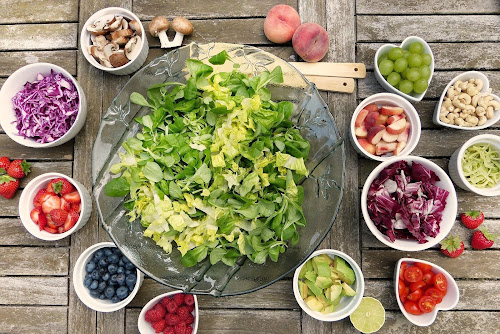The contamination of products you can eat may be either intentional or accidental. This problem is part of the whole food supply chain and may be affected by a lot of factors. It's important to keep in mind that the standards of quality may offer a safety net for these type of issues in the manufacturing processes. Let's find out more.
Difference between contamination and adulteration
Both adulteration and contamination indicates that the product has an unintended substance in it. The difference between the two types is that contamination is usually unintentional. For instance, food may get contaminated due to natural causes, such as heavy metals in the soil or the inclusion of pesticides in the soil.
Often, these types of scenarios are not avoidable. Also, contamination can occur because of a bad quality control system or a shortcoming. Mostly, contamination is predictable because we can detect the presence of a high amount of pesticide in soil. Therefore, we can take the right steps in order to prevent the problem from getting worse.
On the other hand, adulteration refers to the activity of mixing wrong ingredients in a product. For instance, if you mix water in milk in order to increase the amount of milk, you are involved in a type of adulteration. Typically, the material used to do adulteration is cheaper than the actual ingredients.
However, it's important to keep in mind that not all types of adulteration may result in serious side effects. For instance, mixing clean water in milk won't make you fall sick if you drink the solution. It will just reduce the benefits you will get from drinking the milk.
However, if a company or manufacturer engages in this type of adulteration, it will have a negative impact on their image. Plus, it's unethical. Going against ethics is not a good idea either.
Adulteration of other types will always cause unknown hazards. For instance, many products are made with hundreds of ingredients and chemicals. Commoners can't check what the product was made of. In other words, they can't identify the ingredients used in the product without using special equipment.
In this case, the safety of food, the image of the brand and the safety of consumer is at the mercy of the dishonest adulterator. In many cases, adulteration can take the lives of consumers. Therefore, steps should be taken in order to prevent this type of activities in the production units.
At times, adulterators mix harmless ingredients in the food products. Although they can be devastating, it is not good to expect the presence of these ingredients in the products. These ingredients are not detectable by the detection system either. Therefore, the routine testing system is unable to detect the adulteration.
In short, if you want to make sure that the food you eat is free of any contamination and adulteration, we suggest that you invest in a good food adulteration testing kit. For this purpose, you should contact a good food adulteration kit supplier.

No comments:
Post a Comment